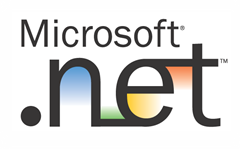
Microsoft Visual Studio 2010 has been officially released for 3 months now (to the day), and to be pedantic, it has also been available in beta form since October 2008. Its bugs not withstanding, Visual Studio 2010 been a pretty successful hit. Besides the huge improvements to the .NET language and platform, big on the list of features for C++ developers is basic support for C++0x (the next standard version of C++, with lots of new & revolutionary features) and plenty of IDE enhancements. Intel’s C++ Compiler is the industry-standard with regards to performance and optimizations, still doesn’t support Visual Studio 2010 or C++0x.
As numerous postings on the Intel forums indicate, a plethora of users are in pressing need of an update to the Intel C++ Compiler. Questions on the matter are brushed-off, with short and rather-useless replies such as:
“This question has been discussed several times recently. The first such integration would come in a beta version of icc 12.0, which hasn’t yet been announced.”


 Back in August of 2007, NeoSmart Technologies released iReboot 1.0 – a tiny application that sits quietly and unobtrusively in the taskbar and is used to select which OS you’d like to reboot into.
Back in August of 2007, NeoSmart Technologies released iReboot 1.0 – a tiny application that sits quietly and unobtrusively in the taskbar and is used to select which OS you’d like to reboot into.